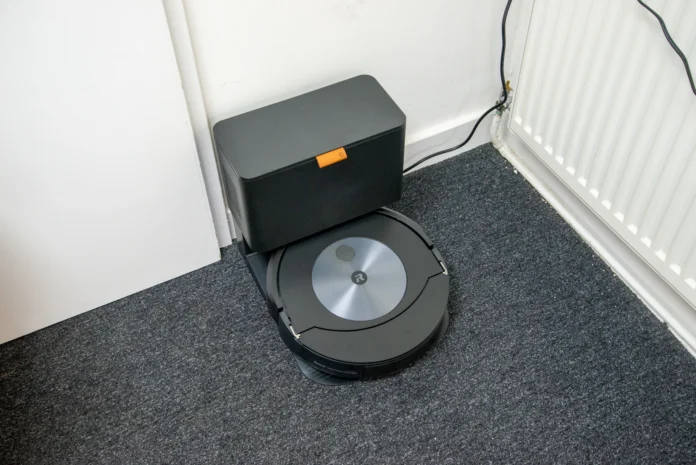In recent years, the integration of artificial intelligence (AI) and robotics into consumer products has not just been a technological leap but a transformation that has reshaped how we interact with everyday objects. From smart home devices to autonomous vehicles, AI and robotics are making consumer products more interactive, efficient, and tailored to individual needs. This article explores the current examples of AI and robotics in consumer goods and predicts future trends that could further revolutionize our daily lives.
Current Examples of AI and Robotics in Consumer Products
Smart Home Devices: One of the most prevalent applications of AI and robotics in consumer products is in the smart home sector. Devices like Google Home and Amazon Echo leverage AI to learn from user interactions to improve functionality and user experience. These devices use voice recognition and NLP (Natural Language Processing) to perform tasks ranging from playing music to controlling lights and security systems, all through simple voice commands.
Robotic Vacuum Cleaners: Companies like iRobot with their Roomba series have pioneered the use of robotics in household cleaning. These robotic vacuum cleaners use AI to map out the space and detect obstacles, ensuring thorough coverage without the need for human intervention.
Wearable Health Devices: Wearable technologies such as the Apple Watch and Fitbit use AI to monitor health metrics like heart rate and sleep patterns. By analyzing this data, they can offer personalized health insights and recommendations, making them invaluable tools for proactive health management.
Autonomous Vehicles: Although still in the early stages of consumer adoption, autonomous vehicles exemplify the advanced integration of AI and robotics. Using sensors and advanced machine learning models, these vehicles can navigate roads, detect obstacles, and make real-time driving decisions without human input.
Future Trends in AI and Robotics in Consumer Products
Personalization Through AI: Future consumer products will increasingly use AI to offer more personalized experiences. AI algorithms will learn individual preferences and behaviors to tailor product functionalities to the user’s lifestyle, enhancing convenience and user satisfaction.
Advanced Robotics in Personal Assistants: Robotic personal assistants could evolve from simple voice-activated devices to mobile robots capable of performing physical tasks around the home, such as cleaning, cooking, and even providing companionship or security.
Integration with Augmented Reality: The fusion of AI, robotics, and augmented reality (AR) could lead to products that offer enhanced interactive experiences. For example, smart mirrors could provide fashion advice, while AR interfaces could be used to control various household devices more intuitively.
Greater Autonomy in Vehicles: As technology advances, we can expect even higher levels of autonomy in vehicles. This could extend beyond cars to include other forms of personal transport, such as drones that could autonomously navigate and transport individuals short distances.
AI in Food Technology: Robotics and AI are set to transform how we cook and consume food. Imagine a kitchen where robotic arms prepare your meals perfectly every time, calibrated to your dietary needs and taste preferences, all managed through AI-driven interfaces.
Challenges and Considerations
While the integration of AI and robotics holds great promise, it also presents challenges. Privacy concerns, especially related to data harvested by AI systems, are paramount. Additionally, as machines take over more tasks, societal impacts such as job displacement and the digital divide need thoughtful addressing. Ensuring ethical use of AI and fostering an inclusive approach to technological adoption are crucial steps toward harnessing the full potential of AI and robotics in consumer products.
Conclusion
The integration of AI and robotics into consumer products is an exciting frontier that promises to make our daily lives more convenient, personalized, and efficient. As technology evolves, we can look forward to more intelligent and autonomous products that seamlessly integrate into our daily routines, making the future of consumer products incredibly promising.





